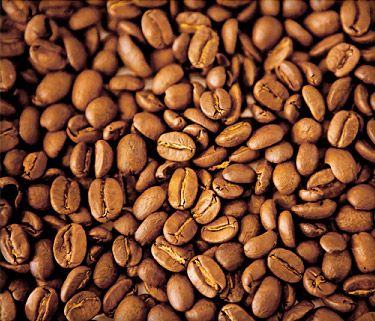I smoked roughly a pack a day for about 10 years. I smoked hand-rolled Drum, fancy cigs with colored paper and gold filters (Balkan-Sobranie?), Kools, and, yes, Camels, with and without filters. My salad days were unintentionally self-destructive. I’m glad I’m here to talk about it.
Don’t start smoking — period. To hell with e-cigs — that’s bullshit.
The Tabaco Industry is the epitome of Corporate Immorality: sell people stuff that kills them. Don’t tell me about choice or freedom — this is a conspiracy to kill you for profit, supported by our government and our tax dollars.
Camels: 100 years and still killing – latimes.com by Robert N. Proctor
Camels were first sold in October 1913. Only 1 million were sold that first year, but this quickly grew to 425 million in 1914 and to 6.5 billion two years later. Twenty-one billion were sold in 1919, and by the early 1920s, nearly half of all cigarettes sold in the U.S. were Camels.
And though other “standard brands” were soon introduced — Chesterfields, Lucky Strikes and Old Golds — Camels still had a 30% share of the cigarette market in the late 1940s. By its 65th anniversary in 1978, the brand had sold more than 3 trillion sticks. Camel still holds the record for the most cigarettes sold in a single year: 105 billion in 1952. …
Cigarettes still kill about half their long-term users, despite industry bluster about filters, low tars and lights, none of which has made smoking safer. Cigarettes still contain arsenic and cyanide and radioactive polonium-210, the poison used to kill that Russian spy in London a few years back. Cigarettes cause one death for every million smoked, which means that the 4 trillion Camels consumed over the last 100 years have probably caused about 4 million deaths.
Robert N. Proctor is a professor of the history of science at Stanford University and the author of “Golden Holocaust: Origins of the Cigarette Catastrophe and the Case for Abolition.”
Camels: 100 years and still killing – latimes.com
![image_thumb[2] image_thumb[2]](http://www.edgewiseblog.com/mjh/wp-content/mine/2014/08/image_thumb2_thumb.png) If slaughterhouses had GLASS WALLS everyone would be VEGETARIAN – YouTube
If slaughterhouses had GLASS WALLS everyone would be VEGETARIAN – YouTube 